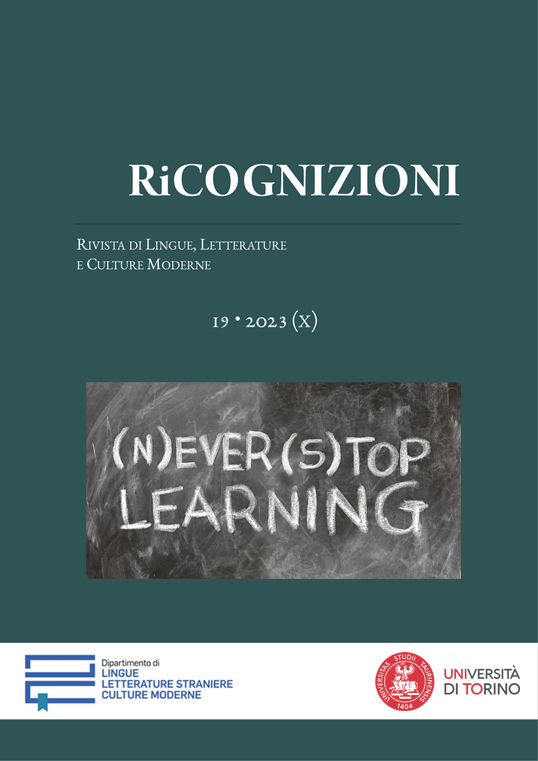Communicative Competences and Interpersonal Relations
Teaching English in the Italian Secondary School
DOI:
https://doi.org/10.13135/2384-8987/7218Keywords:
Communicative Approach, CLT, TEFL in Italian Secondary Schools, Post-MethodAbstract
The Communicative Approach or CLT was a revolution in applied linguistics in the 1990s and is still the last theoretical framework in TEFL. It aroused great enthusiasm at the time but was also subject to some criticism. In Italian Secondary Schools it was never fully applied and did not leave a relevant mark on the didactics of the English language. At present, most Italian university students in foreign languages and literatures, and future teachers of English, still show the imprint of a traditional language learning experience that owes much to deductive reasoning, a structural syllabus, and even the influence of the Grammar-Translation Method. This essay investigates the reasons why CLT was not so successful in the Italian context, considers its future prospects in the current “post-method” period, and envisages possible solutions for an effective approach in language teaching that combines tradition and innovation, the achievement of institutional requirements and of students’ interaction, and the development of communicative competence and accuracy.
Downloads
Published
How to Cite
Issue
Section
License
RiCognizioni is published under a Creative Commons Attribution 4.0 International License.
With the licence CC-BY, authors retain the copyright, allowing anyone to download, reuse, re-print, modify, distribute and/or copy their contribution. The work must be properly attributed to its author.
It is not necessary to ask further permissions both to author or journal board.








